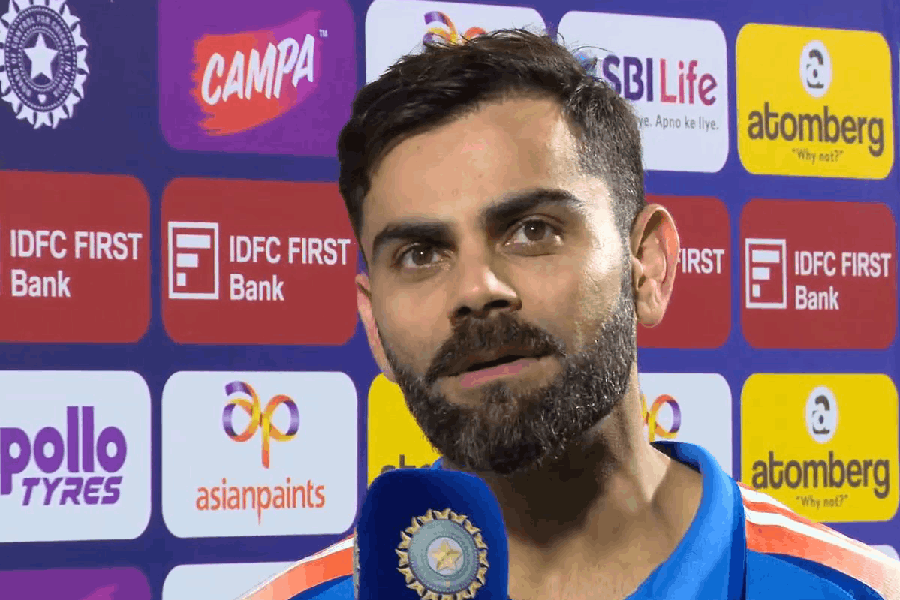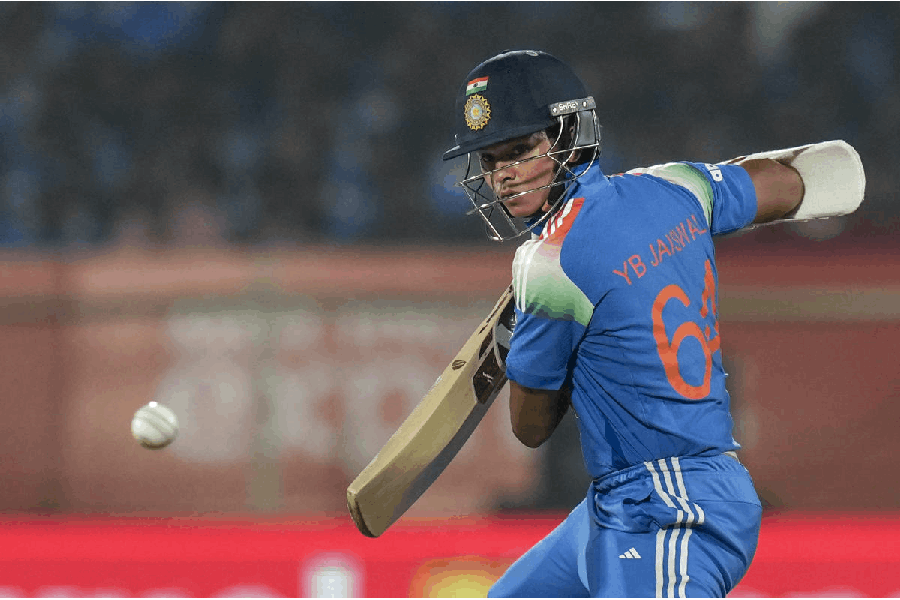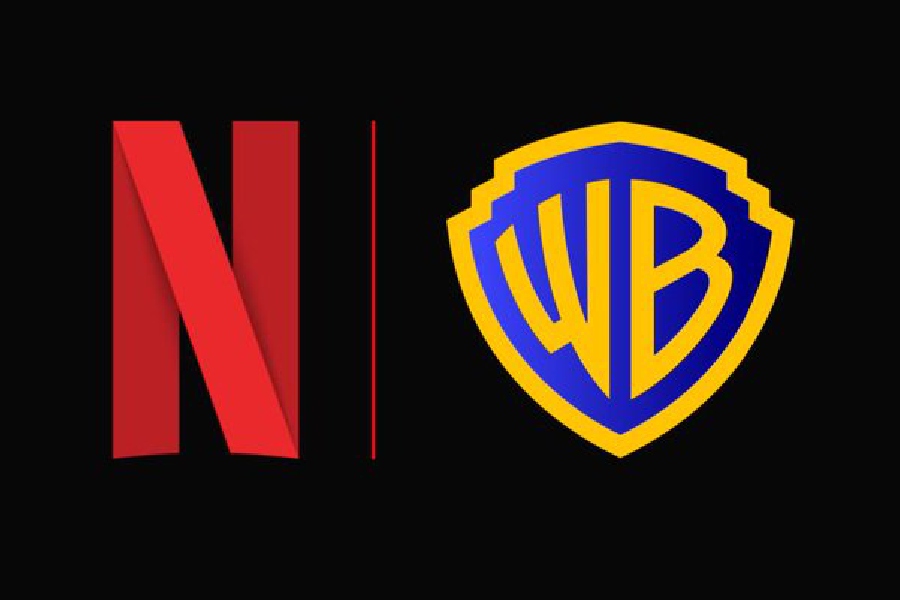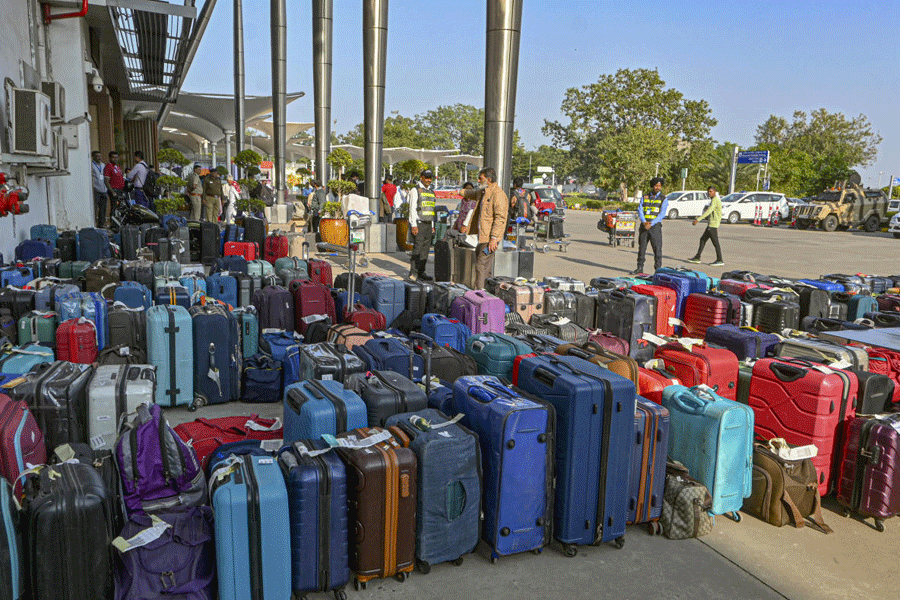.jpg)
Shorn of legalese, what does the letter of the four senior Supreme Court judges mean?
The suggestion is that Chief Justice of India (CJI) Dipak Misra and some of his predecessors have allocated cases to handpicked judges to try and influence the outcomes.
Is it an internal tussle in the judiciary or does the executive have any role?
The Narendra Modi government has said this is an internal matter of the judiciary. But the letter seems to partly reflect an intra-judiciary tussle and partly an executive-judiciary one. The four judges - senior-most after the CJI - are aggrieved that key cases are being allocated not to them but to judges junior to them.
The public airing of the grievance coincides with a perception that certain positions the CJI has taken may help the Modi government and some of those connected with it breathe easy, although nothing can be said for certain.
For instance, on Friday, a PIL seeking an independent probe into the death of special CBI judge B.H. Loya was assigned to Court No. 10, headed by Justice Arun Mishra, who is 10th in seniority among the 25 apex court judges.
At the time of his death, Loya was hearing the Sohrabuddin Sheikh fake encounter case in which BJP president Amit Shah was an accused. Shah was discharged the same month Loya died.
On Friday morning, the four judges are said to have met the CJI and contended that the case should be listed before senior judges but were apparently overruled.
Why did the four judges speak out?
They had sent the letter two months ago but apparently did not get any reply till now. The four judges did not want to go into specifics but said they only wanted to bring the matter before the nation as democracy was at stake.
Is there any other reason the letter should trouble the government?
The letter says that "cases having far-reaching consequences for the nation and the institution have been assigned by the chief justices of this court selectively to the benches 'of their preference' without any rationale".
Several key cases - like the Ayodhya title dispute, the challenge to Aadhaar's constitutionality and the courts' right to look into parliamentary panel reports to pass judicial orders - are being heard by the incumbent CJI along with judges who are relatively junior.
The four judges believe these cases have far-reaching implications for the country and should be heard by the senior-most judges. But none of the five senior-most judges except the CJI is part of the benches hearing these cases.
The letter says, "we are sorry to say that of late the twin rules mentioned above have not been strictly adhered to". What does this mean?
The twin rules relate to the composition and strength of a bench. The four judges are saying that the CJI does not consult them on either the composition or the strength of the benches that are to hear cases of national importance like Ayodhya and Aadhaar.
The Ayodhya dispute is being heard by the CJI and Justices Ashok Bhushan and Abdul Nazeer. Justice Nazeer's inclusion could be the result of larger considerations since the minority community is a big stakeholder in the sensitive case. Justice Bhushan is 19th in seniority.
The Aadhaar case is before a five-judge constitution bench headed by the CJI that has none of the four other senior-most judges. Instead, it has Justices A.K. Sikri (6th in seniority), A.M. Khanwilkar (17th), D.Y. Chandrachud (18th) and Bhushan (19th).
The letter talks about a Luthra case. What is it?
R.P. Luthra is an advocate who had challenged in the Supreme Court his non-appointment as a Delhi High Court judge. In October last year, a bench headed by Justice Dipak Misra, while declining to entertain his plea, had directed the government to speed up the memorandum of procedure (MoP) for judges' appointments and transfers.
The four judges have taken exception to the directive on the MoP on the ground that Justice Misra was not part of the constitution bench that had in 2016, after striking down the National Judicial Appointments Commission, directed the government to redraft the MoP.
The four judges have argued that any direction on the MoP can come only from the constitution bench or the Supreme Court collegium - made up of the CJI and the four other senior-most judges -- and not from the CJI in a judicial order.
Will the four judges now be able to function under this CJI?
The four judges have the same constitutional immunity that the CJI and the other judges enjoy. But the simmering tensions that have burst into the open can make the functioning of the collegium extremely difficult.
On Wednesday, though, the four judges had sat together with the CJI despite their differences and unanimously recommended the elevation of Justice K.M. Joseph and a senior woman advocate to the Supreme Court.
Has the CJI's position become untenable?
The CJI, or any other Supreme Court or high court judge, can only be impeached, which is a laborious process. But morally and psychologically, the CJI will now be under tremendous pressure over how he conducts himself in public or in court. He can certainly resign if he wants but that looks a remote possibility as a large number of judges may possibly stand by him.
Why is it being said that Justice Ranjan Gogoi has taken the boldest step among the four?
This is because Justice Gogoi is to be CJI from October 4 this year till he retires on November 18, 2019. Conventionally, the outgoing CJI recommends the second senior-most judge as his successor to the President. Traditionally, the senior-most judge becomes the CJI.
Sources close to the CJI have rejected suggestions that Justice Misra can create problems for Justice Gogoi's elevation, saying he is not vindictive. They have cited how senior advocates such as Dushyant Dave and Prashant Bhushan have obtained relief in various matters despite being highly critical of Justice Misra.

.jpg)








